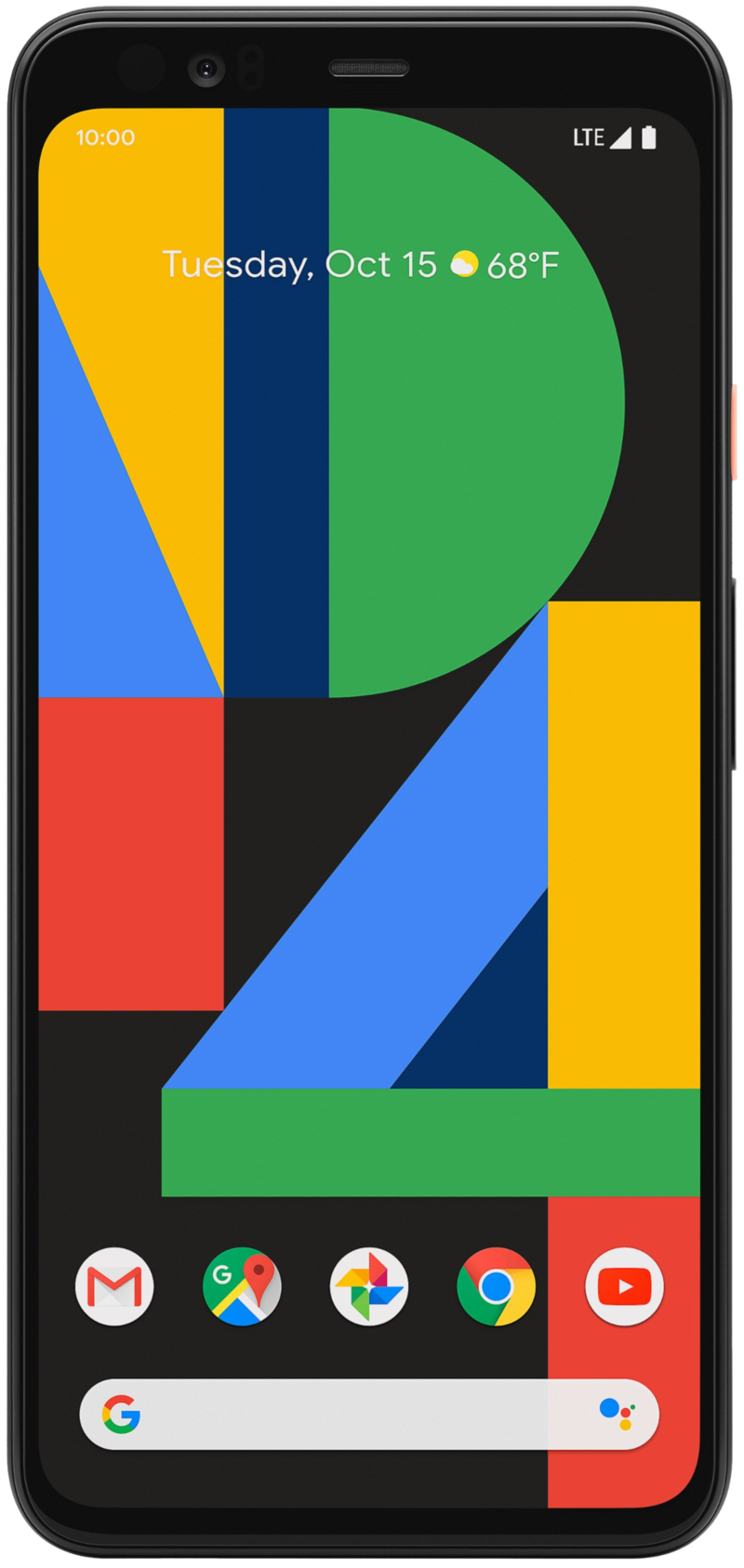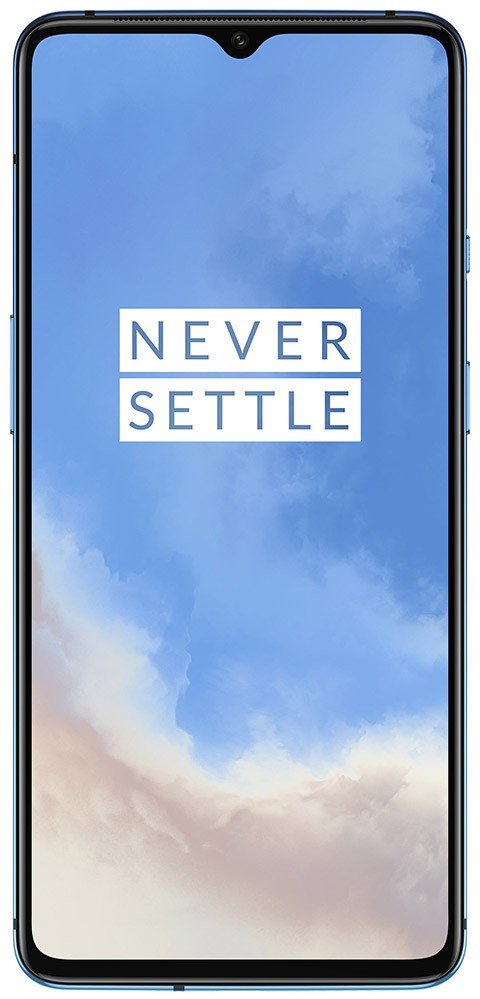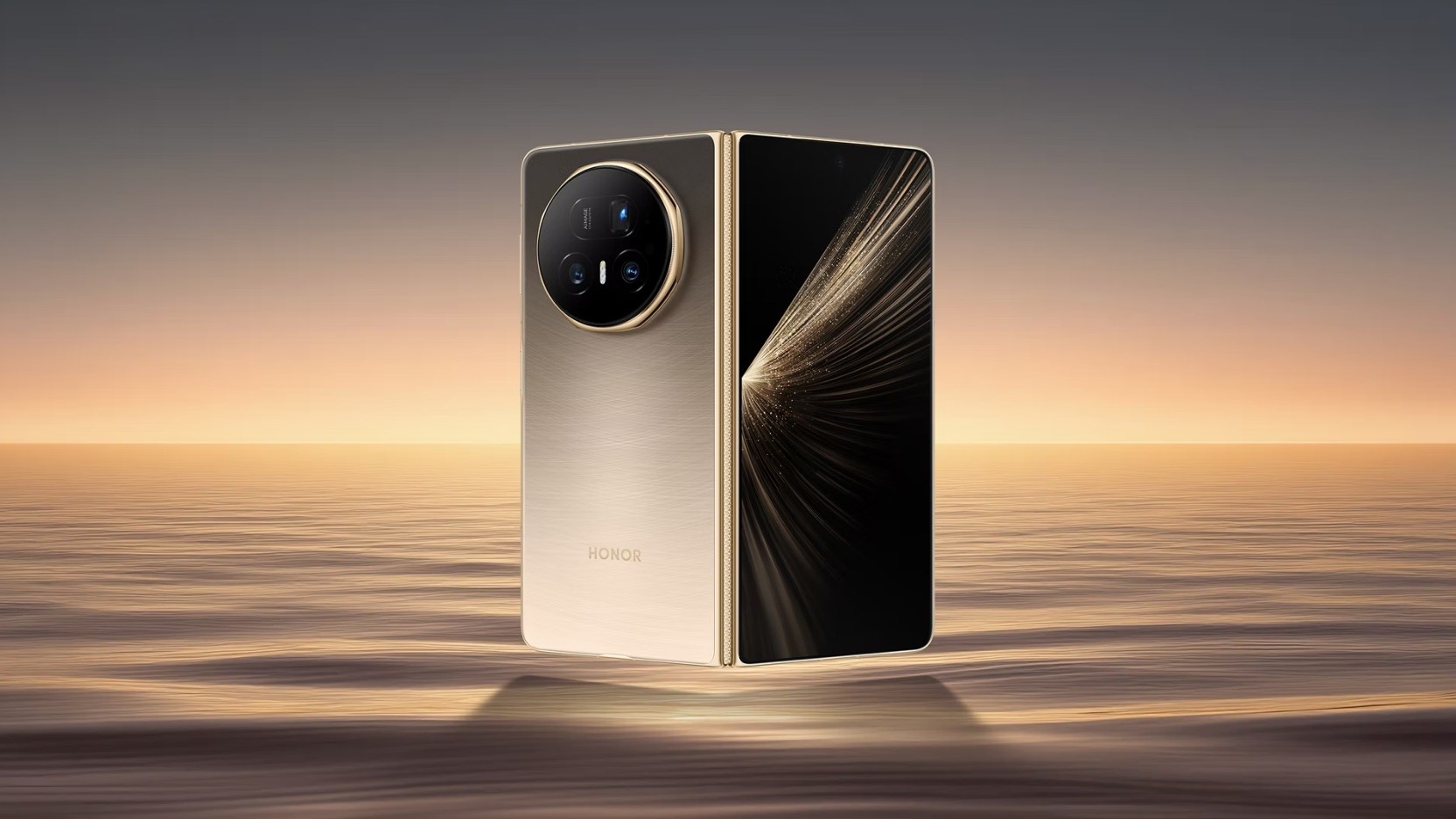Pixel 4 XL vs. OnePlus 7T: Which should you buy?

Google Pixel 4 XL

The Pixel 4 XL has a fantastic camera, but it also has all the bells and whistles that you'd expect from a true flagship. You get a gorgeous 90Hz OLED panel with QHD+ resolution, IP68 water resistance, Soli-backed IR face unlock, and wireless charging. Ultimately, you're paying the premium for the camera, and that's fully justified.
Google Pixel 4 XL
Camera king
OnePlus 7T

The OnePlus 7T is a decent option if you're looking to save some cash. You get the same 90Hz refresh rate as the Pixel 4, but the panel itself is FHD+ and not QHD+. You also get three cameras at the back, but the final image quality isn't as good as the Pixel 4 XL. There's no IP rating or wireless charging, but the phone does come with Android 10 out of the box.
OnePlus 7T
All about that value
OnePlus has been the go-to manufacturer in the value segment for some time now, but if you want a "true" flagship with all the extras, you'll still have to shell out the big bucks. Let's see what you're getting by paying more for the Pixel 4 XL.
The OnePlus 7T nails the basics, but the Pixel 4 XL has much more to offer
The OnePlus 7T is a great option if you're in the market for a $600 phone. You get a 90Hz display, the latest internal hardware, usable cameras, and Android 10 out of the box. But what if you want a better camera and wireless charging? Then you'll have to look to the Pixel 4 XL. Google's 2019 flagship takes things to a whole new level, cementing its position as one of the best Android phones available today.
Let's start with the screen. Both the Pixel 4 XL and OnePlus 7T have displays that offer 90Hz refresh rate, and that's a big deal. The high refresh rate makes a huge difference in day-to-day usage, affecting everything from web browsing to playing games. The 7T comes with a Full HD+ panel with a resolution of 2400x1080, but the Pixel 4 XL has a QHD+ panel with 2960x1440.
You get a lot of little extras with the Pixel 4 XL, and they end up making a huge difference.
The Pixel 4 XL also has IP68 water resistance, making the device much more resistant to the elements. It can be submerged in up to a meter of water for over 30 minutes and has gaskets around the entry points to prevent dust ingress. OnePlus, meanwhile, hasn't bothered to get the 7T tested for an IP rating, so if you're worried about water damage the Pixel 4 XL is the phone to get.
Another feature that's missing on the 7T is wireless charging. OnePlus maintains that wireless charging solutions aren't as fast as wired options — even though Xiaomi rolled out a phone with 20W wireless charging earlier this year — and has used that as an excuse for not offer wireless charging. The Pixel 4 XL does come with wireless charging, and the Pixel Slate is a great accessory to use it with.
Get the latest news from Android Central, your trusted companion in the world of Android
While the extras are nice, you're obviously interested in the Pixel 4 XL for the camera on offer. Google has led the pack for the last two generations in terms of photo quality, and while the camera hardware hasn't changed drastically from last year — it's still a 12.2-megapixel module — Google has tweaked its HDR algorithms to deliver better photos. Oh, and there's now a secondary 16-megapixel camera at the back that has 2x optical zoom and 5x digital zoom. That makes the Pixel 4 XL more versatile, but it's a shame Google didn't throw in a wide-angle lens at the back.
The OnePlus 7T, meanwhile, has three cameras at the back, with a 48-megapixel Sony IMX586 sensor joined by a 12-megapixel zoom lens and a 16-megapixel wide-angle module. You get more shooting options on the 7T, and while the final image quality is great for a $600 phone, it doesn't measure up to the Pixel 4 XL.
| Category | Google Pixel 4 XL | OnePlus 7T |
|---|---|---|
| Operating system | Android 10 | Android 10OxygenOS 10 |
| Display | 6.3-inch 90Hz OLED3040x1440 (19:9)HDR10Gorilla Glass 6 | 6.55-inch 90Hz Fluid AMOLED2400x1080 (20:9)HDR10+Gorilla Glass 6 |
| Chipset | Snapdragon 8551 x 2.84GHz Kryo 4853 x 2.41GHz Kryo 4854 x 1.78GHz Kryo 485Adreno 6407nm | Snapdragon 855+1 x 2.96GHz Kryo 4853 x 2.42GHz Kryo 4854 x 1.80GHz Kryo 485Adreno 6407nm |
| RAM | 6GB | 8GB |
| Storage | 64GB/128GB | 128GB |
| MicroSD slot | No | No |
| Rear camera 1 | 12.2MP, f/1.81.4um, OIS4K at 60fps | 48MP, f/1.6OIS, EIS4K at 60fps |
| Rear camera 2 | 16MP telephoto | 12MP, f/2.2OIS, 2x zoom |
| Rear camera 3 | ❌ | 16MP, f/2.2Wide-angle lens117-degree field-of-view |
| Front camera 1 | 8MP, f/1.8Auto focus | 16MP, f/2.0Sony IMX471 |
| Connectivity | Wi-Fi ac, Bluetooth 5.0AptX HD, NFC, A-GPS | Wi-Fi ac, Bluetooth 5.0AptX HD, NFC, A-GPS |
| Audio | USB-CStereo speakers | USB-CStereo speakers |
| Battery | 3700mAhNon-removable | 3800mAhNon-removable |
| Charging | USB-C PD18W | USB-C 3.130W Warp Charge 30T |
| Water resistance | IP68 | ❌ |
| Security | Face unlock | In-display fingerprint sensor |
| Dimensions | 158 x 76.7 x 7.9 mm184g | 160.9 x 74.4 x 8.1mm190g |
| Colors | Just Black, Very White, Oh So Orange | Glacier Blue, Frost Silver |
You get faster charging and robust internals on the OnePlus 7T

The OnePlus 7T has a slight edge on the internal hardware. You get the latest Snapdragon 855+ chipset instead of the Snapdragon 855 on the Pixel 4 XL, and there's 8GB of RAM as standard and 128GB of internal storage. That's 2GB of RAM more than the Pixel 4 XL and double the storage.
The OnePlus 7T has beefier internal hardware and faster 30W wired charging.
I have my doubts on the 64GB variant of the 4 XL, considering there's no microSD slot. It's easy to fill up the storage with 4K video and photos, and seeing as how there's no original quality uploads anymore, you should ideally look at the 128GB option, which costs $100 more.
OnePlus also has the edge when it comes to wired charging. The Warp Charge 30T still charges at 30W, but OnePlus' optimizations allow the phone to fully charge in just under an hour. The Pixel 4 XL still has 18W wired charging over USB-C PD.
Things are evenly matched on the software side of things. OnePlus has done a fantastic job offering the 7T with Android 10 out of the box, ensuring two platform updates to Android 12. The Pixel 4 XL runs Android 10 out of the box, and it also has exclusive software features that allow it to stand out. The new Assistant in particular is fantastic, and the fact that it runs on-device is a huge win.
Get the Pixel 4 XL if you take a lot of photos

Overall, the OnePlus 7T is a great option if you're in the market for value. For $600, you're getting a 90Hz display, top-notch internals, clean software with Android 10, and decent cameras. OnePlus has done a fantastic job in the value segment this year, and that's evident when you look at the 7T.
However, if you want the best that's currently available, you'll have to shell out some more cash and get the Pixel 4 XL. In return, you're getting standout front and rear cameras, a 90Hz QHD+ display, IP68 dust and water resistance, and wireless charging. I was worried about battery life issues, but I've used the phone for nearly two weeks, and I'm able to get a day's worth of use consistently.

Stellar cameras, stunning 90Hz display.
With the Pixel 4 XL, you know you're getting one of the best cameras available today, but you also get a gorgeous QHD+ OLED screen with 90Hz refresh rate, robust internals, a unique radar system with IR-based face unlock, and great new software features.

More for less.
The OnePlus 7T does a great job at the basics, and you get a 90Hz FHD+ display, Snapdragon 855+ chipset, 8GB of RAm as standard, and 128GB of UFS 3.0 storage. You also get Android 10 out of the box, and OxygenOS 10 is the best third-party skin right now.

Harish Jonnalagadda is Android Central's Senior Editor overseeing mobile coverage. In his current role, he leads the site's coverage of Chinese phone brands, networking products, and AV gear. He has been testing phones for over a decade, and has extensive experience in mobile hardware and the global semiconductor industry. Contact him on Twitter at @chunkynerd.
